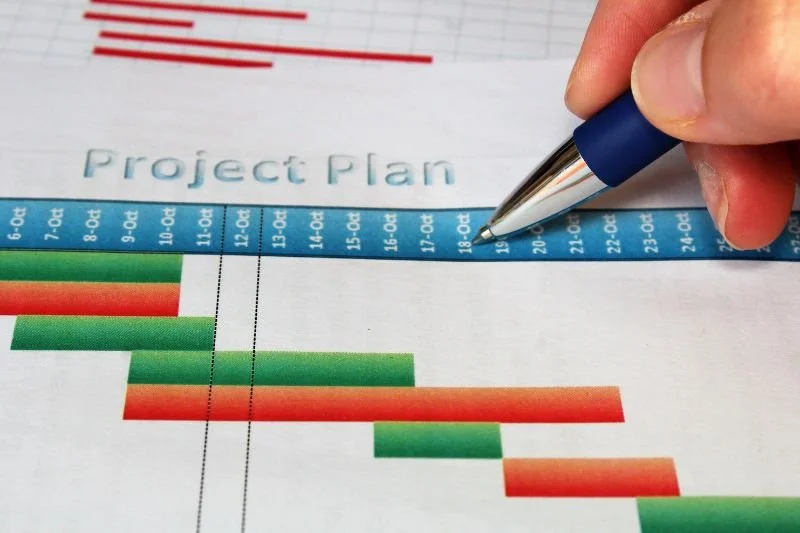Mastering Project Success: How to Seamlessly Integrate Change Management into Your Plans?
Ever felt that something’s amiss in your project plan? You’ve meticulously laid out your scope, timeline, budget, and resources, but there’s a nagging feeling that something’s not quite right. Let me ask you this: Have you considered how you’re going to manage change within your project?
Change management in project plans isn’t merely an optional extra—it’s a vital part of any successful project. But here’s the good news: incorporating change management into your project plans doesn’t have to be a convoluted or time-consuming process. With the right approach, it can be a seamless addition that significantly enhances your project’s success.
In this blog, we’ll show you how to integrate change management into your project plans without missing a beat.
Why Change Management Shouldn’t Be an Afterthought
Let’s start with the basics: why is change management so crucial? Quite simply, change management is about helping people adapt to the changes that your project will bring about. Whether it’s a new process, a different system, or a new way of working, the success of your project hinges on how well your team and stakeholders embrace these changes.
Effective communication in projects is essential here. Think of change management as the glue that holds everything together. Without it, you’re likely to encounter resistance, confusion, and even failure. However, when it’s integrated from the outset, change management ensures everyone is on the same page and ready to make the most of what’s coming.
Step 1: Start with Stakeholder Analysis
First things first: you need to identify who will be affected by the changes your project will bring. This is where stakeholder analysis comes in. By identifying key stakeholders early on, you can tailor your change management strategies to meet their needs and expectations.
Consider these questions: Who will be impacted by this project? How will their roles change? What concerns might they have? Understanding these dynamics will help you develop a plan that addresses potential resistance and ensures smooth adoption.
We’ve created a stakeholder management assessment to help you easily gather all this information. Interested? Watch our explained video: How to Get Everyone on Board with Your Project
Step 2: Integrate Change Management Activities into Your Timeline
Once you’ve identified your stakeholders, it’s time to map out your change management activities. The key here is to align these activities with your project’s timeline. This ensures that change management isn’t an afterthought but a natural part of your project’s progression.
You’ll learn all about this in our Project Change Management Training.
Step 3: Focus on Engagement
You’ve heard it before, but it bears repeating: communication is crucial. When integrating change management into your project plan, you need to establish clear, consistent communication channels. This ensures that everyone involved knows what’s happening, why it’s happening, and what’s expected of them.
But communication isn’t just about broadcasting information—it’s about engagement. Make sure your messaging is two-way. Encourage feedback, address concerns, and involve your team in the process. This not only reduces resistance but also empowers your stakeholders to take ownership of the change.
Watch our YouTube video about how to find out what communication is best for your project: How to Communicate Project Updates Without Annoying Everyone
Step 4: Monitor and Adjust as Needed
No project plan is set in stone, and the same goes for your change management activities. As your project progresses, keep an eye on how well your change management efforts are working. Are people engaging with the new processes? Is there resistance that needs to be addressed?
Be prepared to adjust your approach as needed. Flexibility is key here. By staying responsive to the needs of your team and stakeholders, you can ensure that your project stays on track and that the change is successfully adopted.
How Our Change Management Toolkit Makes Integration Easy
At BEE Change, we understand that integrating change management into your project plan can seem daunting. That’s why we’ve developed a comprehensive change management toolkit designed to make the process as smooth as possible. Our tools and templates are specifically tailored to help you plan, execute, and monitor change management activities in a way that complements your existing project framework.
Whether you’re managing a small team or a large organisation, our change management toolkit provides everything you need to ensure that change is not just managed, but embraced.
Click to find out what’s in our toolkit: Practitioner Course
Conclusion: The Key to Seamless Integration
Change management doesn’t have to be a disruptive force in your project—it can be the driving force behind its success. By integrating change management into your project plans from the very start, you’re setting your team up for a smoother transition, higher adoption rates, and better overall outcomes.
So, as you plan your next project, don’t forget to make change management a priority. With the right approach, it can be the seamless addition that takes your project from good to great.





